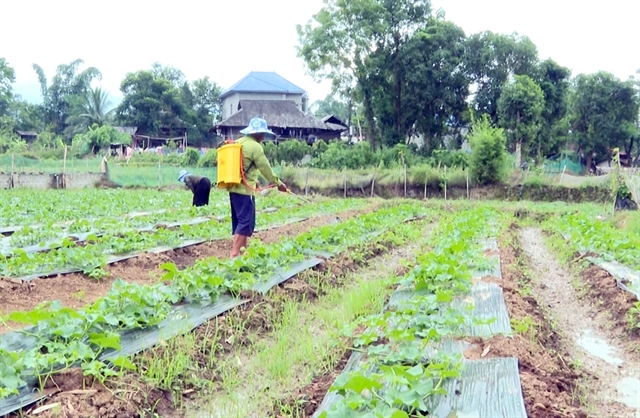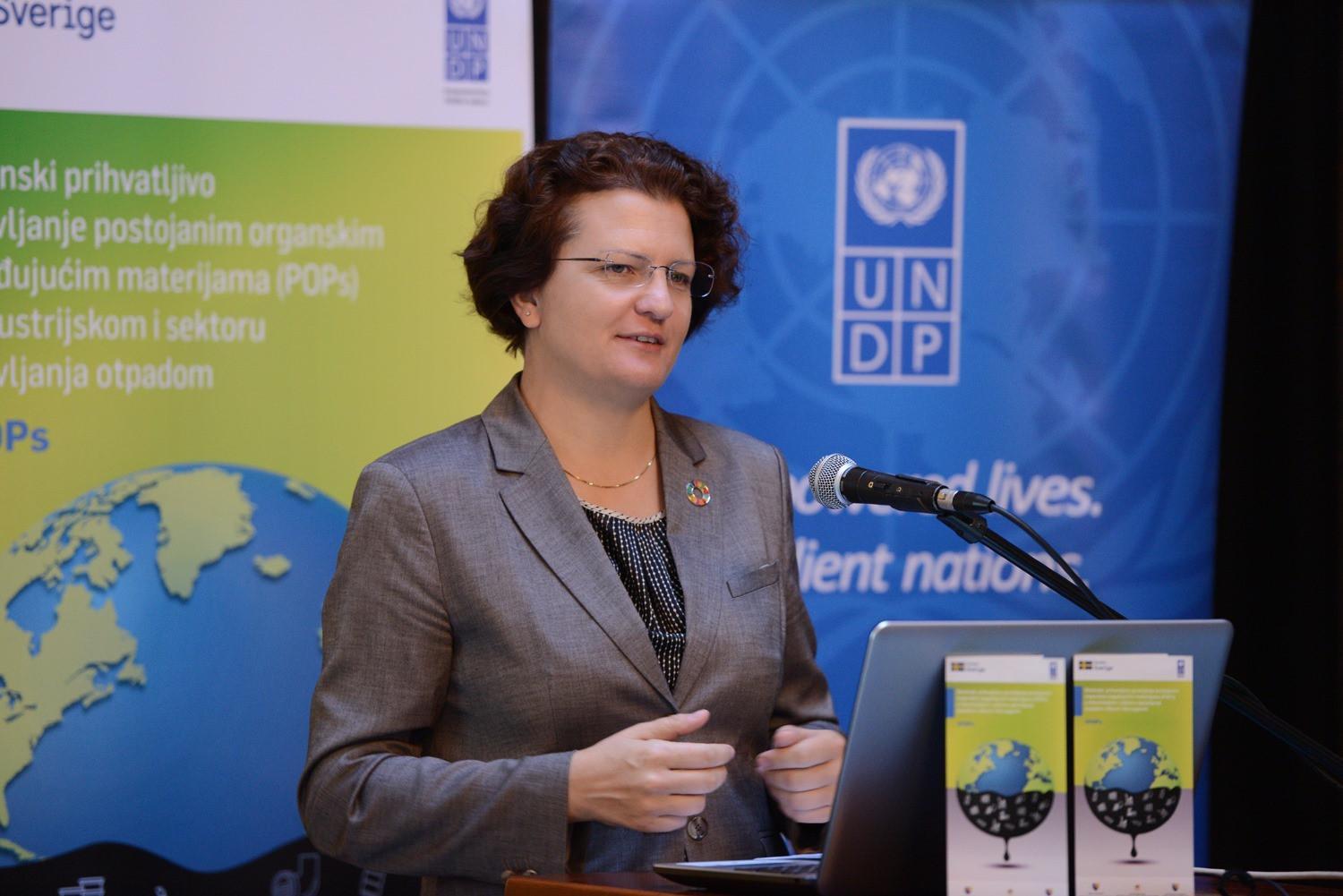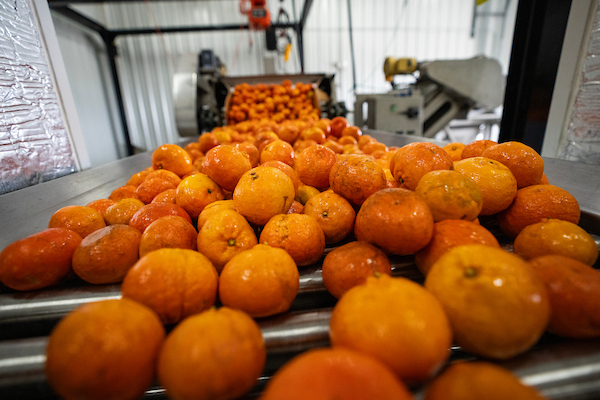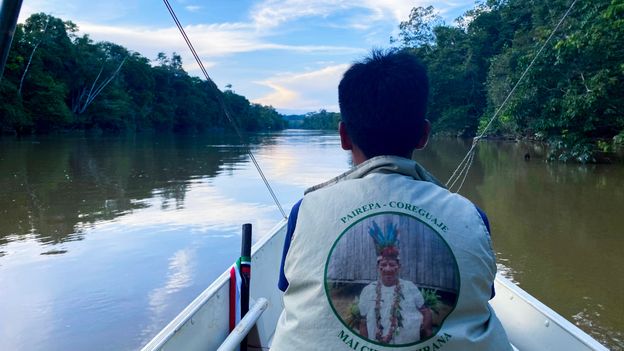How polar bears keep the Arctic food web alive – Earth.com

Report on the Ecological Role of Polar Bears in the Arctic and Implications for Sustainable Development Goals
Introduction: A Keystone Species Supporting Arctic Biodiversity
A recent study published in the journal Oikos reveals the critical role of the polar bear (Ursus maritimus) not only as an apex predator but as a fundamental provider for the Arctic ecosystem. This function directly supports the achievement of several Sustainable Development Goals (SDGs), particularly SDG 14 (Life Below Water) and SDG 15 (Life on Land). The findings illustrate that the decline of this keystone species, driven by climate change, poses a significant threat to the interconnected web of life in the Arctic, undermining progress on SDG 13 (Climate Action).
Ecosystem Linkages and Contributions to SDG 14 and SDG 15
The Polar Bear as a Central Food Provisioner
The research quantifies the substantial contribution of polar bears to the wider ecosystem. By leaving behind the remains of their prey, primarily seals hunted on sea ice, polar bears provide a vital energy source for a diverse community of scavengers. This process creates a crucial link between marine and terrestrial ecosystems, directly supporting the objectives of SDG 14 and SDG 15.
- Annual Food Provision: Researchers estimate that polar bears leave approximately 7.6 million kilograms of prey biomass annually for other species.
- Energy Transfer: This act of predation transfers energy from the marine environment (seals) to the terrestrial and avian food webs, sustaining life on land.
- Irreplaceable Role: The study highlights that no other species replicates the polar bear’s unique hunting method of bringing marine prey onto the sea ice, making its role in the ecosystem irreplaceable.
Impact on Arctic Biodiversity (SDG 15)
The stability of the Arctic’s terrestrial and avian life is deeply interconnected with the provisioning services of the polar bear. The loss of this species would have cascading effects, threatening regional biodiversity targets outlined in SDG 15.
- Dependent Species: The study identified 11 animal species that directly rely on polar bear-provided carrion and an additional 8 species that likely benefit.
- Key Scavengers: Beneficiaries include Arctic foxes, ravens, and various bird species, which depend on these food resources to survive harsh winters and long migrations.
- Micro-Ecosystems: The remains also support unseen organisms, including bacteria and invertebrates, which are essential for nutrient cycling within the ecosystem.
Threats from Climate Change: A Challenge to SDG 13
Sea Ice Decline and its Systemic Consequences
The primary threat to this delicate ecological balance is climate change, which is causing a rapid decline in Arctic sea ice. This environmental degradation directly contravenes the goals of SDG 13 (Climate Action) and has severe repercussions for both marine and terrestrial ecosystems.
- Habitat Loss: Sea ice serves as the essential platform for polar bears to hunt seals. Its reduction curtails their ability to secure prey.
- Disruption of the Food Web: Less sea ice leads to fewer successful hunts, which in turn reduces the availability of carrion for the scavenger community. This directly impacts the food security and survival of numerous species.
- Quantified Resource Loss: The report notes that documented declines in just two polar bear subpopulations have already resulted in an annual loss of over 300 tonnes of food resources for scavengers.
Conclusion: Integrating Conservation with Global Sustainability Frameworks
Systemic Risk and the Urgency for Action
The decline of the polar bear represents more than the loss of a single species; it signals a systemic failure in the Arctic food web, with profound implications for biodiversity and ecosystem stability. Protecting the polar bear is synonymous with upholding commitments to multiple Sustainable Development Goals.
- SDG 13 (Climate Action): The most critical action is to mitigate climate change to preserve the sea ice habitat upon which the entire ecosystem depends.
- SDG 14 (Life Below Water) & SDG 15 (Life on Land): Conservation efforts must recognize the polar bear as a linchpin species that connects and sustains both marine and terrestrial life. Protecting this species is essential for maintaining the health and biodiversity of the entire Arctic region.
- SDG 17 (Partnerships for the Goals): The findings underscore the need for enhanced international scientific collaboration to monitor and address the cascading impacts of climate change, ensuring that conservation strategies are holistic and effective.
Analysis of the Article in Relation to Sustainable Development Goals
1. Which SDGs are addressed or connected to the issues highlighted in the article?
SDG 13: Climate Action
- The article directly links the threats to the Arctic ecosystem to climate change. It states, “Warming temperatures are shrinking the sea ice that polar bears depend on for hunting.” This highlights the central role of climate change in disrupting the natural balance, which is the core focus of SDG 13.
SDG 14: Life Below Water
- The article discusses an ecosystem that is fundamentally dependent on the marine environment. The polar bear’s hunting of seals on sea ice is described as a bridge connecting the ocean and land. The text notes, “This act connects two worlds – ocean and land – through one predator’s routine.” The health of the sea ice, a critical component of the marine ecosystem, is presented as essential for this entire food web, aligning with the goal of protecting marine life.
SDG 15: Life on Land
- The primary focus of the article is the interconnectedness of the terrestrial (or ice-based) food web in the Arctic. It explains how polar bears sustain a diverse community of scavengers like Arctic foxes and ravens. The article emphasizes the importance of biodiversity and the devastating ripple effect that losing a keystone species has on the entire ecosystem, stating, “Losing polar bears breaks the balance.” This directly relates to the goal of protecting terrestrial ecosystems and halting biodiversity loss.
2. What specific targets under those SDGs can be identified based on the article’s content?
Target 14.2: Sustainably manage and protect marine and coastal ecosystems
- The article emphasizes the critical role of sea ice as a platform for the Arctic food web. The statement, “The sea ice acts as a platform for many species to access scavenging resources provided by polar bears, and ultimately, declines in sea ice will reduce access to this energy source,” directly points to the need to protect this specific marine ecosystem to avoid the adverse impacts discussed.
Target 15.5: Take urgent action to reduce the degradation of natural habitats and halt the loss of biodiversity
- The article is a case study on the degradation of the Arctic habitat (sea ice) and its direct consequence on biodiversity. It describes how the decline in polar bear populations leads to a loss of food for at least 11 scavenger species, threatening their survival. The conclusion that “Saving the polar bear means saving this network” is a clear call to action to halt the loss of biodiversity and prevent the extinction of threatened species within this ecosystem.
3. Are there any indicators mentioned or implied in the article that can be used to measure progress towards the identified targets?
Amount of carrion provided by polar bears
- The article quantifies the food provided by polar bears, stating they “leave behind about 7.6 million kilograms of prey each year.” This figure serves as a direct indicator of the health and function of this ecosystem service. A decrease in this amount would signal a disruption in the food web.
Loss of food resources due to polar bear decline
- A specific indicator of ecosystem degradation is mentioned: “declines in polar bear abundance in two subpopulations have already resulted in the loss of more than 300 tonnes of food resources for scavengers annually.” This metric directly measures the impact of biodiversity loss on the wider ecosystem.
Extent of sea ice
- The article repeatedly implies that the extent of sea ice is a critical indicator. Phrases like “Warming temperatures are shrinking the sea ice” and “declines in sea ice will reduce access to this energy source” show that measuring sea ice coverage is essential to monitoring the health of the habitat that underpins the entire food web.
Population of key species
- The article implies that the population size of polar bears is a key indicator of ecosystem health. The phrase “documented declines in polar bear abundance” is used to explain the subsequent loss of food for other animals. Monitoring the populations of both polar bears and the scavenger species that depend on them (e.g., Arctic foxes, ravens) would be a direct way to measure progress towards halting biodiversity loss.
4. SDGs, Targets, and Indicators Table
| SDGs | Targets | Indicators |
|---|---|---|
| SDG 13: Climate Action | Implied relevance to strengthening resilience to climate-related hazards. |
|
| SDG 14: Life Below Water | 14.2: Sustainably manage and protect marine and coastal ecosystems. |
|
| SDG 15: Life on Land | 15.5: Take urgent action to reduce the degradation of natural habitats and halt the loss of biodiversity. |
|
Source: earth.com
What is Your Reaction?
 Like
0
Like
0
 Dislike
0
Dislike
0
 Love
0
Love
0
 Funny
0
Funny
0
 Angry
0
Angry
0
 Sad
0
Sad
0
 Wow
0
Wow
0















































































